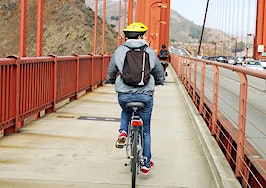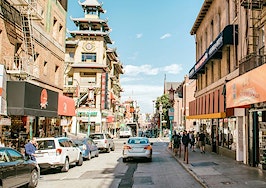- 16 SF neighborhoods received a transit score of 99 or 100.
- Downtown residents can commute to the Silicon Valley via CalTrain.
- The city as a whole has a score of 80, ranked just behind New York City.
A number of San Francisco neighborhoods are considered to have world-class public transportation.
As a whole the city is the nation’s second best for transit, falling only behind New York City. A recent report from Redfin company Walk Score, the 2016 Transit Score ranking, found San Francisco to have a score of 80 due to the various systems that make the city “excellent and convenient” for most trips.
Thirteen San Francisco neighborhoods received a perfect transit score of 100, with another 17 neighborhoods receiving a score between 90 and 99.
Neighborhoods that obtained a score of 100 included: Chinatown, Downtown-Union Square, Lower Nob Hill, Tenderloin, Civic Center, Nob Hill, Hayes Valley, Mint Hill, Duboce Triangle, South of Market, Financial District, South Beach and Rincon Hill.
“Urban dwellers today want convenience,” said Redfin chief economist Nela Richardson in the report. “Particularly in congested urban areas, a car may be the slowest way to get around the city. Homes near bus and subway lines tend to have higher values that hold up even during housing downturns. The fact that many cities are also investing in alternative forms of transit, like bike share, indicates how highly prized access to transit is by their residents.”
Three other neighborhoods, Mission Dolores, Northern Waterfront and Lower Haight, all received a transit score of 99.
According to Walk Score, the city has four subway, seven light rails and three rail lines. Additionally the city has 109 bus lines and nearly 900 car shares.









